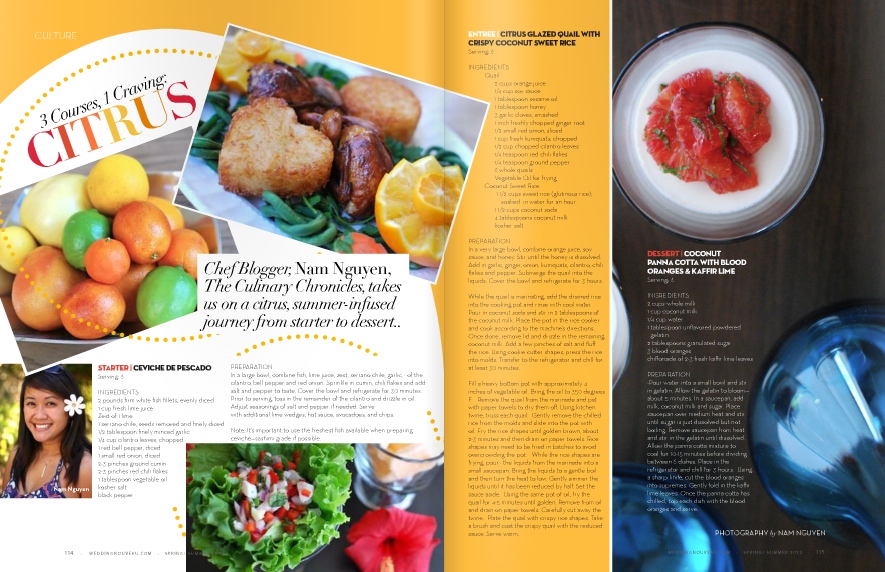Food is far more than sustenance — it’s history on a plate, science in action, and art expressed through flavor. Across continents and cultures, what we eat reflects who we are, where we come from, and how we live. In today’s interconnected world, culinary traditions are no longer confined by geography; instead, they blend, evolve, …
Culinary Chronicles: Recipes, Nutrition, and Food Culture

Food is far more than sustenance — it’s history on a plate, science in action, and art expressed through flavor. Across continents and cultures, what we eat reflects who we are, where we come from, and how we live. In today’s interconnected world, culinary traditions are no longer confined by geography; instead, they blend, evolve, and inspire new forms of creativity in kitchens everywhere. Welcome to the culinary chronicles — a journey where recipes, nutrition, and food culture intertwine to tell the ever-evolving story of humanity through taste.
From Tradition to Transformation: The Evolution of Global Cuisine
Food has always been a mirror of civilization. Ancient recipes passed down through generations carry the wisdom of resourcefulness and sustainability long before those became modern buzzwords. From the spice-rich kitchens of India to the olive oil-drenched Mediterranean tables, culinary traditions have shaped entire communities.
But as the world globalizes, so too does the plate. Fusion cuisine — once an experimental idea — has become a global trend. Think Korean tacos, sushi burritos, or butter chicken pasta. These aren’t just Instagram-friendly meals; they represent cultural exchange at its most delicious. The kitchen, once local, is now a crossroads of global identity.
Yet amid innovation, there’s a growing desire to preserve authenticity. Chefs and home cooks alike are revisiting old recipes, tracing ingredients to their roots, and embracing indigenous foodways that honor both land and lineage. The balance between innovation and preservation defines the modern culinary movement.
The Science of Flavor: Where Nutrition Meets Innovation
In the modern culinary landscape, nutrition is the new luxury. Gone are the days when flavor alone dictated food choices — today’s diners want meals that satisfy both the palate and the body. The rise of plant-based diets, functional foods, and sustainable eating reflects a growing awareness that what we eat affects more than just hunger; it impacts energy, immunity, and longevity.
Nutrition science has stepped into the limelight, demystifying how macronutrients and micronutrients work together. Proteins, once the domain of meat-eaters, now come from peas, soy, and mushrooms. Carbs are being redefined — from simple sugars to complex whole grains that fuel the brain and gut. And fats? The once-feared macronutrient is now celebrated in forms like avocado, olive oil, and nuts, as research highlights their vital role in heart and brain health.
What’s fascinating is how culinary innovation and nutrition science are merging. From lab-grown meat to precision fermentation and AI-assisted recipe development, the food industry is undergoing a technological renaissance. Even Michelin-starred restaurants now employ nutritionists and food scientists to craft menus that delight and nourish simultaneously.
Sustainability on the Plate: The Future of Conscious Eating
As conversations around climate change intensify, the question of how food impacts the planet has taken center stage. Agriculture accounts for nearly a third of global greenhouse emissions, making food choices not just personal but planetary. The modern diner is increasingly conscious — seeking out locally grown, seasonal, and sustainably sourced ingredients.
Movements like farm-to-table and zero-waste cooking are no longer niche; they’re mainstream. Restaurants are rethinking menus to reduce waste — using root-to-stem cooking, repurposing “ugly” produce, and turning byproducts into creative dishes. Meanwhile, the home kitchen is becoming a hub for sustainability — compost bins, reusable wraps, and minimal-waste meal prep are becoming as common as the morning coffee routine.
At the same time, food technology is offering revolutionary solutions. Cultivated meat, vertical farming, and precision agriculture are transforming how we grow and consume food. The aim is simple but powerful: to feed a growing population without exhausting the planet’s resources.
Food as Culture: The Emotional Connection on the Table
Beyond nutrition and sustainability lies something deeper — the emotional and cultural resonance of food. A dish is never just a combination of ingredients; it’s a story served hot. The smell of freshly baked bread might remind someone of their grandmother’s kitchen, while a bowl of ramen may transport another to a bustling Tokyo street.
Across the world, meals bring people together in celebration, comfort, and conversation. They are the backdrop to festivals, family gatherings, and personal milestones. Food carries cultural codes — it tells us about migration, adaptation, and identity.
In recent years, food media has exploded — from cooking shows to social media reels — shaping how people engage with food culture. What was once a private activity is now performative and participatory. Home cooks share their creations with global audiences, blurring the lines between professional chefs and everyday creators.
And perhaps that’s the beauty of modern food culture: it’s democratic. Whether it’s a Michelin-star meal or a street-side shawarma, both can hold equal cultural weight and emotional impact.
Recipes Reimagined: A New Era of Home Cooking
During the pandemic years, home kitchens became experimental labs. With restaurants closed, people rediscovered the joy of cooking — not just for necessity but for therapy. Platforms like TikTok and YouTube turned millions into home chefs, sparking viral trends from whipped coffee to baked feta pasta.
Now, post-pandemic, that enthusiasm hasn’t faded — it has evolved. Home cooks are exploring global cuisines, testing out fermentation, and experimenting with plant-based alternatives. Recipes today are less about perfection and more about personalization. A classic lasagna might be made with lentils, while traditional curry gets a twist with quinoa or coconut substitutes.
Moreover, technology has transformed how recipes are shared and followed. Smart kitchens, voice-assisted devices, and AR recipe guides are redefining convenience. Cooking has never been more accessible — or more creative.
Global Food Culture: The Rise of the Culinary Traveler
The modern traveler no longer seeks only landmarks — they chase flavors. Culinary tourism is booming as people travel for food experiences: pasta-making in Tuscany, tea ceremonies in Kyoto, or spice tours in Zanzibar. It’s a delicious form of cultural immersion that deepens understanding and appreciation of global diversity.
This rise of food as travel has also inspired cities to showcase their cuisines as cultural assets. From Michelin Guides spotlighting new regions to UNESCO recognizing traditional foods as intangible heritage, culinary identity has become an integral part of global storytelling.
Conclusion: The Universal Language of Taste
At its core, food remains a universal language — one that transcends borders, politics, and generations. Whether it’s an ancient family recipe, a futuristic plant-based burger, or a fusion dish blending worlds, every meal tells a story.
As we move further into an era defined by innovation, sustainability, and cultural exchange, our culinary chronicles continue to evolve. Recipes are no longer static instructions; they are living narratives of creativity, consciousness, and connection.
So, the next time you sit down to a meal — pause and savor it. You’re not just tasting food; you’re tasting history, science, and humanity itself.




